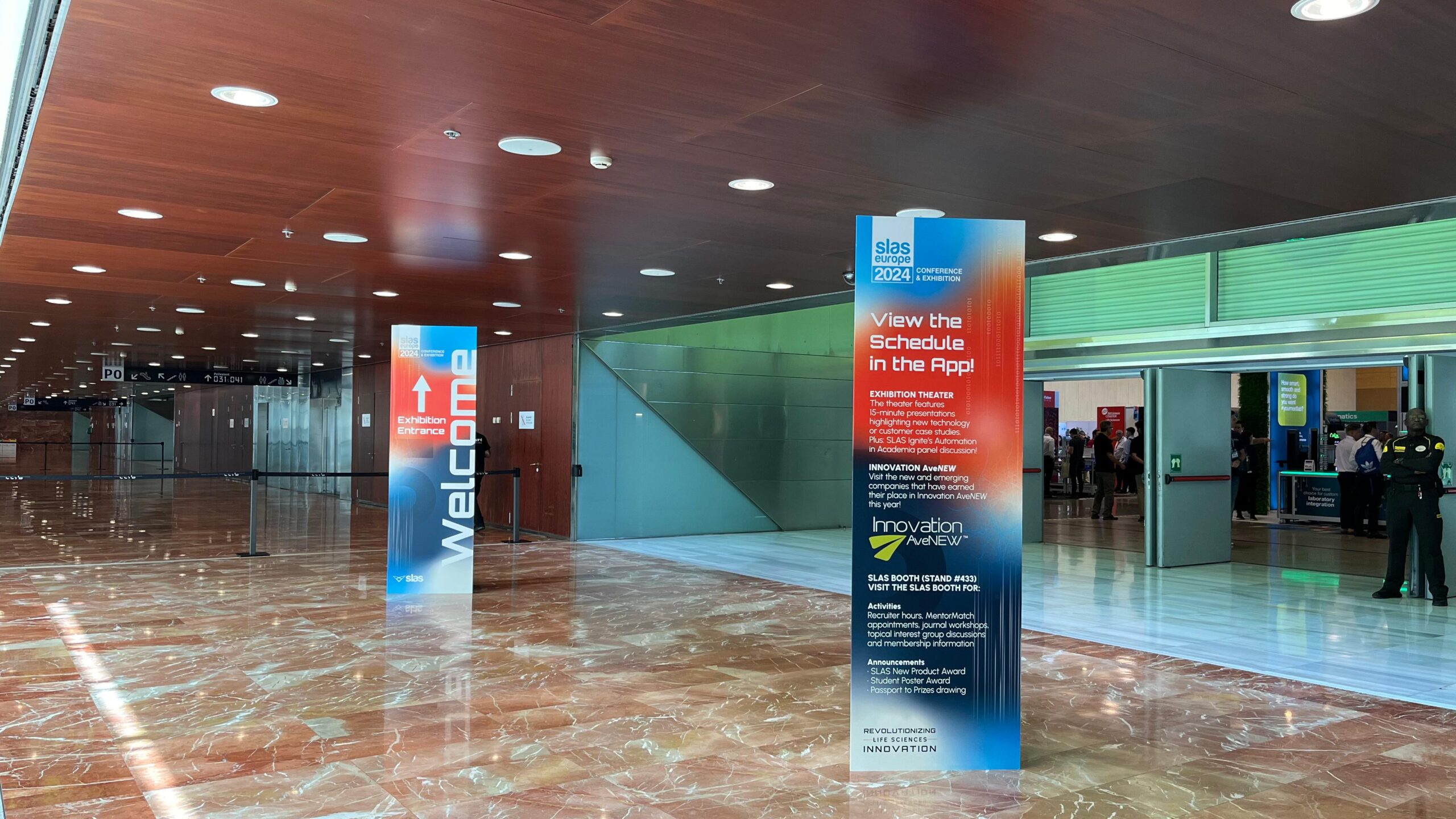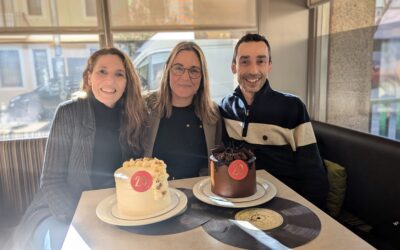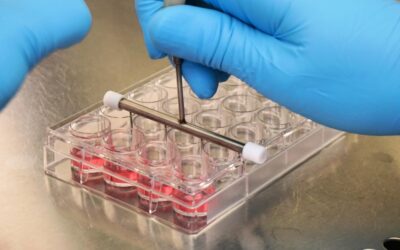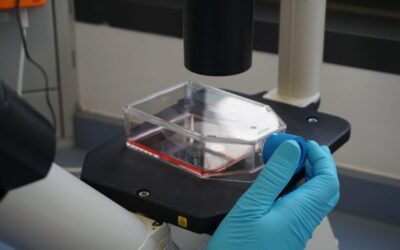The latest edition of the SLAS 2024 Europe Conference and Exhibition was held from May 27th to 29th, featuring significant contributions from ReadyCell’s R&D team. The team, including Jonatan Cucala, Itziar Garzón, Marta Ollé, and Lourdes Gombau, presented a poster on the use of CacoGoblet as a 2D model of inflammation.
Advances in inflammation research
Currently, identifying active molecules with gastrointestinal anti-inflammatory properties relies on time-consuming methods that quantify these compounds’ effect on cytokine expression. This new study aimed to evaluate the efficacy and speed of measuring inflammatory properties through two indicators of cell barrier integrity, TEER and LY Papp/Flux, in a co-culture of Caco-2 and HT-29 cells.
The R&D team presented their findings through the poster “CacoGoblet, a ready-to-use intestinal cell-based model to compounds’ anti-inflammatory capabilities”. This presentation initiated a discussion among professionals about the latest advances in developing reliable in vitro models for inflammation in the early stages of drug development.
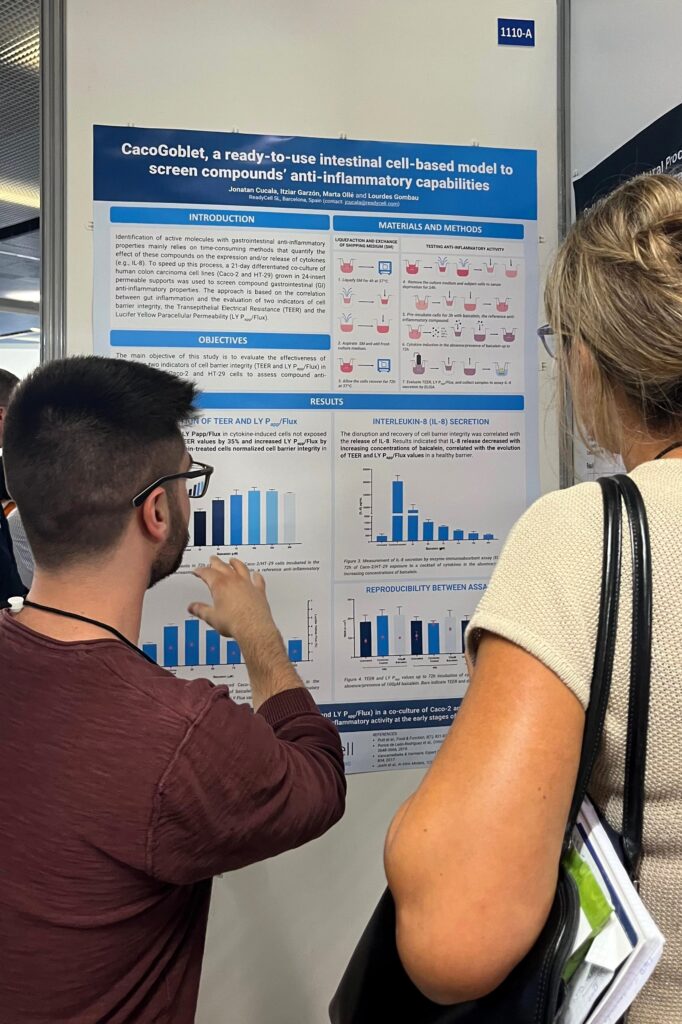
High impact of ReadyCell’s inflammation model
The team presented the results of their study, in which they used CacoGoblet, a 21-day differentiated co-culture of human colon carcinoma cell lines (Caco-2 and HT-29), to screen the gastrointestinal anti-inflammatory properties of compounds.
As expected, the evaluation of TEER and LY-Papp in cytokine-induced cells non-exposed to baicalein decreased TEER values by 35 % and increased LY-Papp by 50% after 72 hours of exposure. Even more, TEER values and LY-Papp correlated in the inflammatory state with a 45-fold release of IL-8 compared to the non-induced cells. On the contrary, cytokine-induced cells in the presence of the anti-inflammatory compound normalized cell barrier integrity and IL-8 release to the basal level in a dose-dependent manner.
In conclusion, ReadyCell’s in vitro inflammation model is a significant advancement in studying inflammatory properties. CacoGoblet and the two selected parameters (TEER and LY-Papp) are compliant and useful in vitro tools for screening compounds with anti-inflammatory activity at the early stages of drug development. They offer simplicity and high reproducibility between assays.

